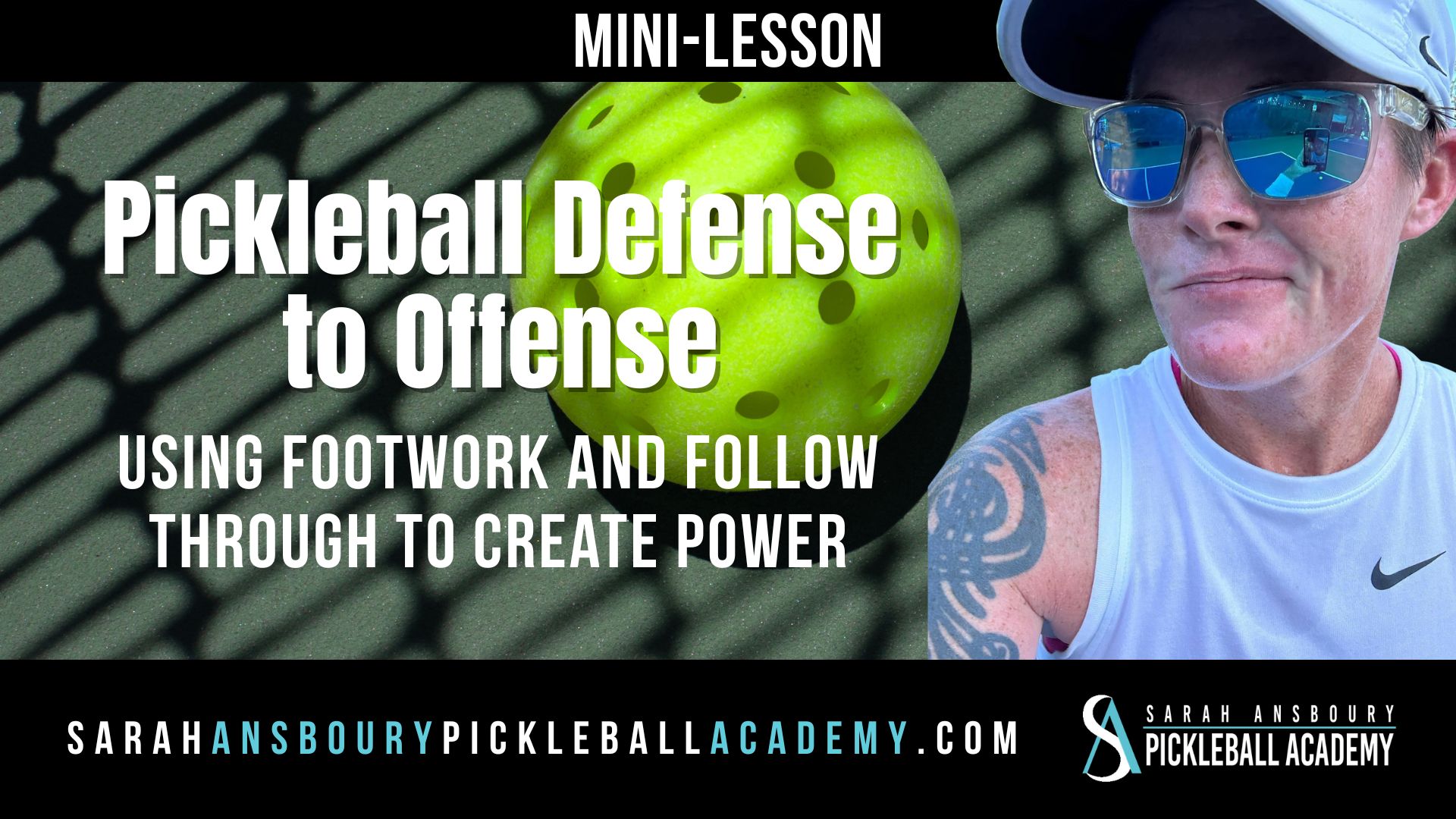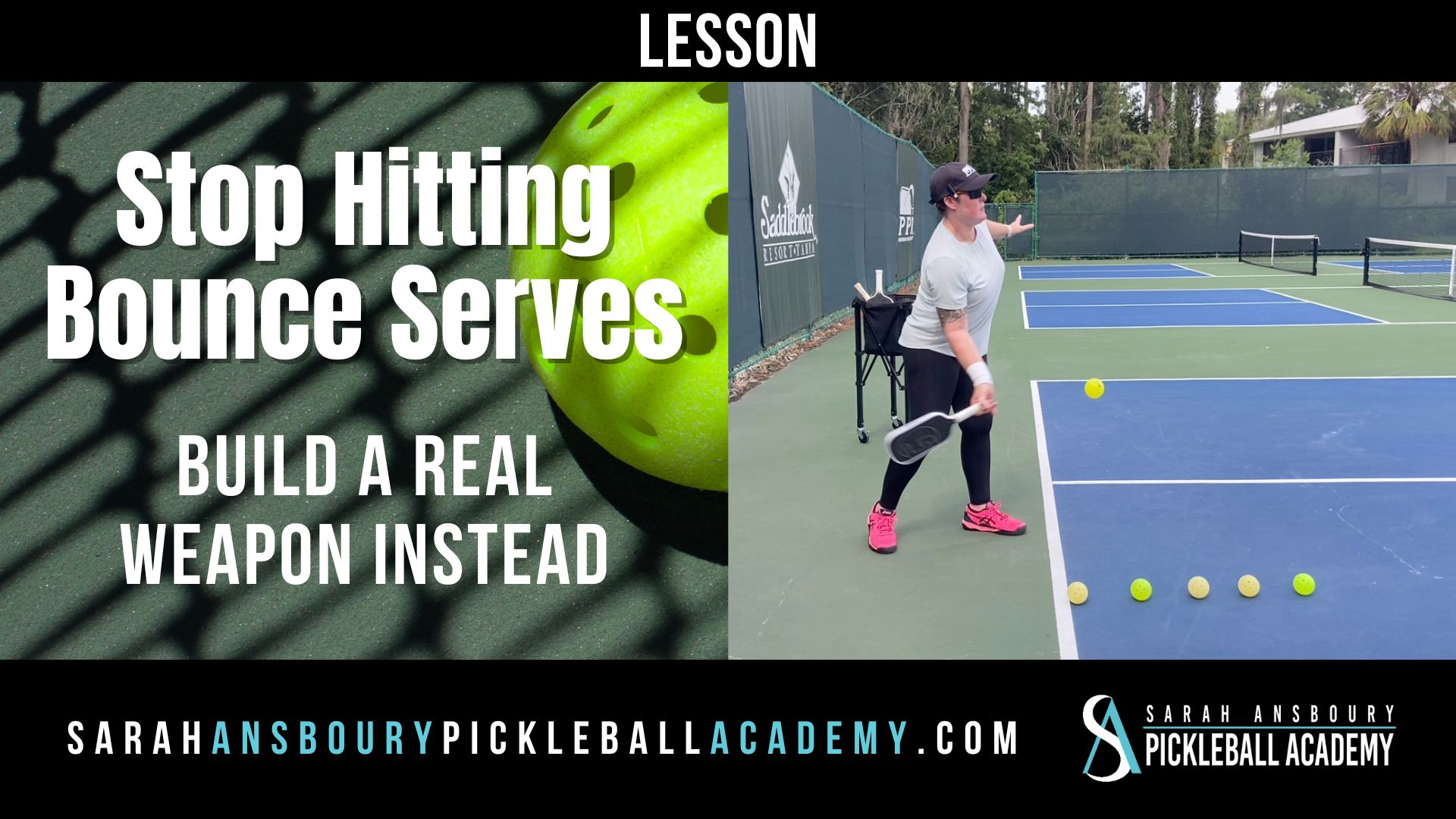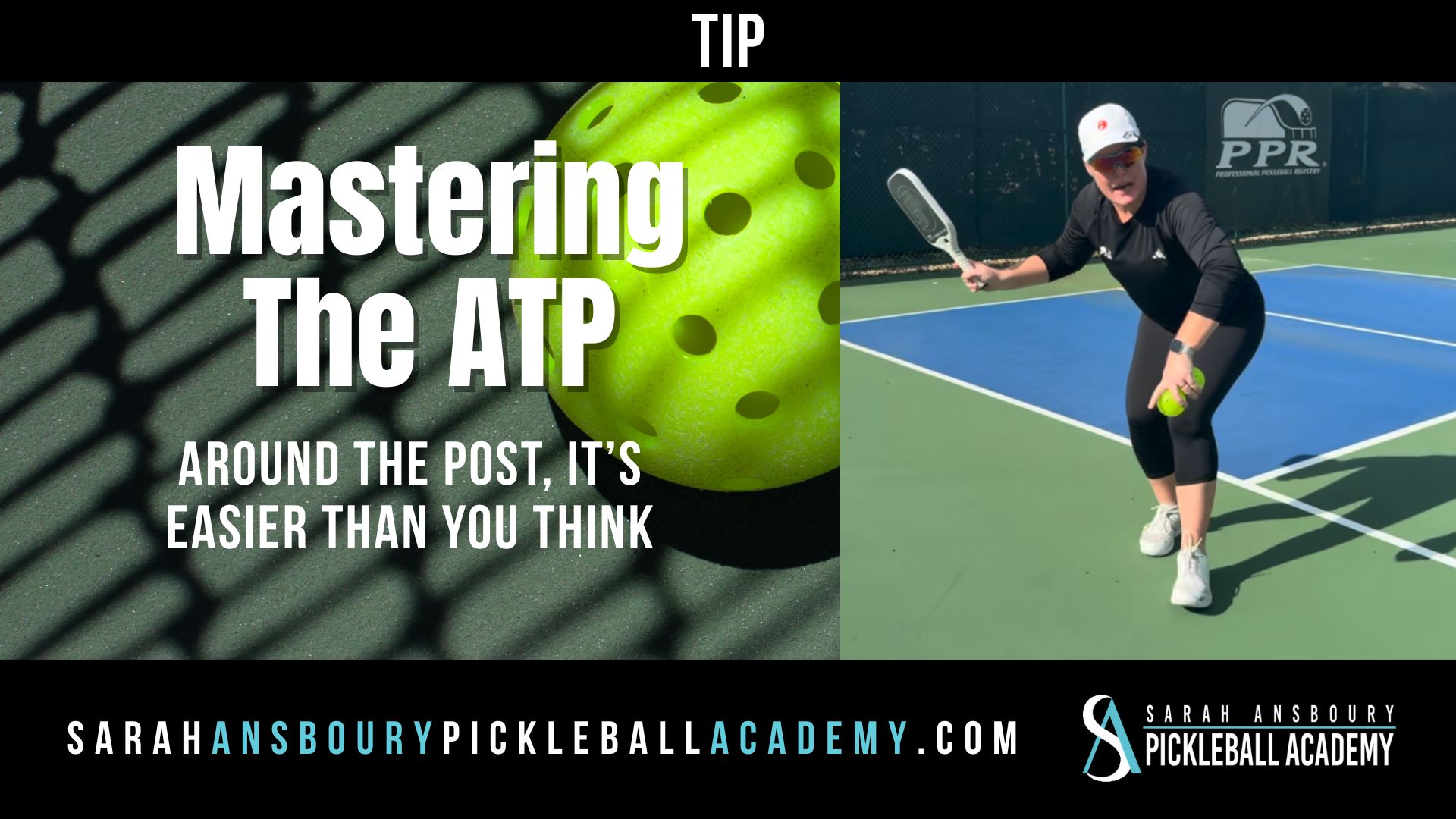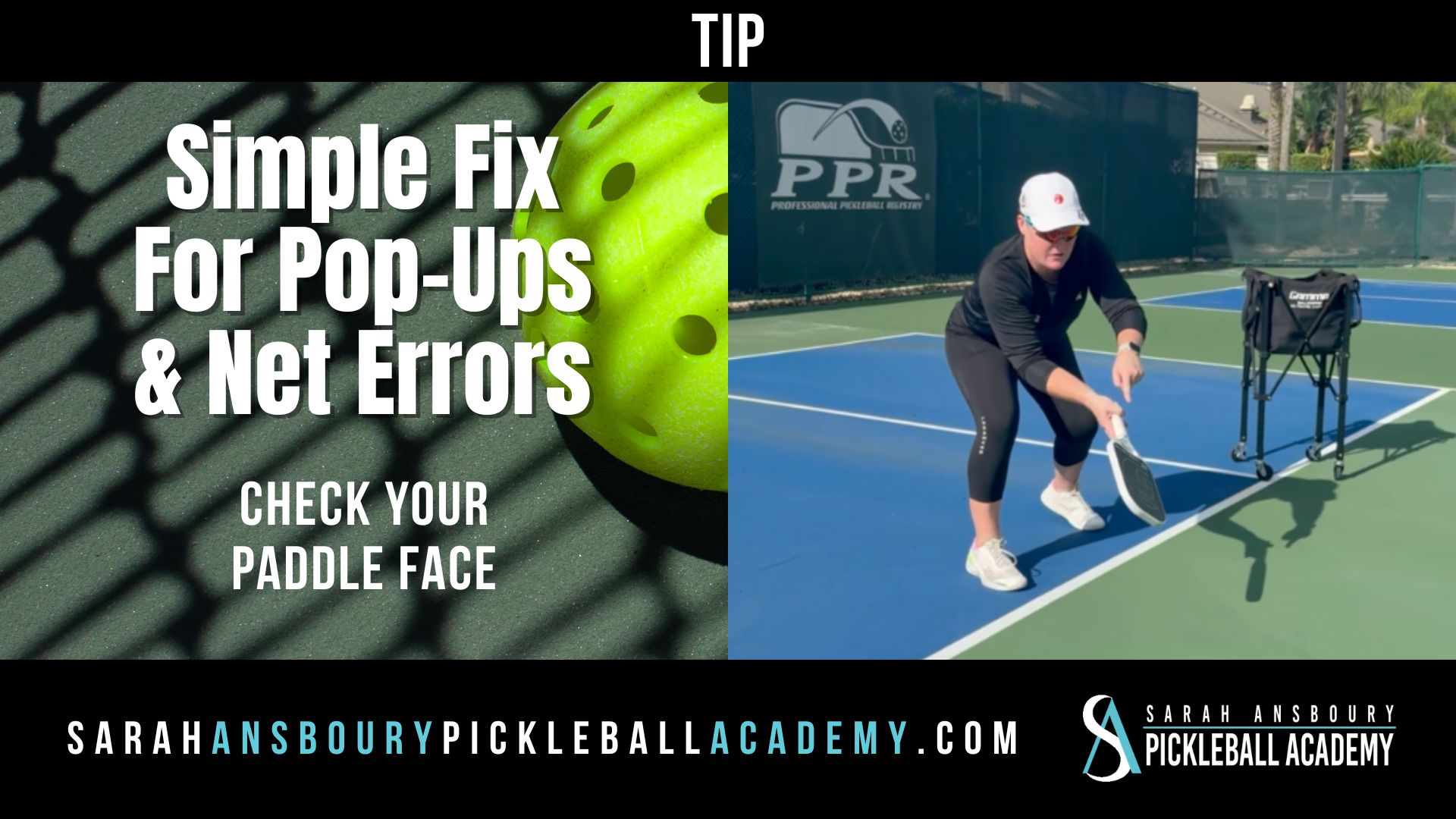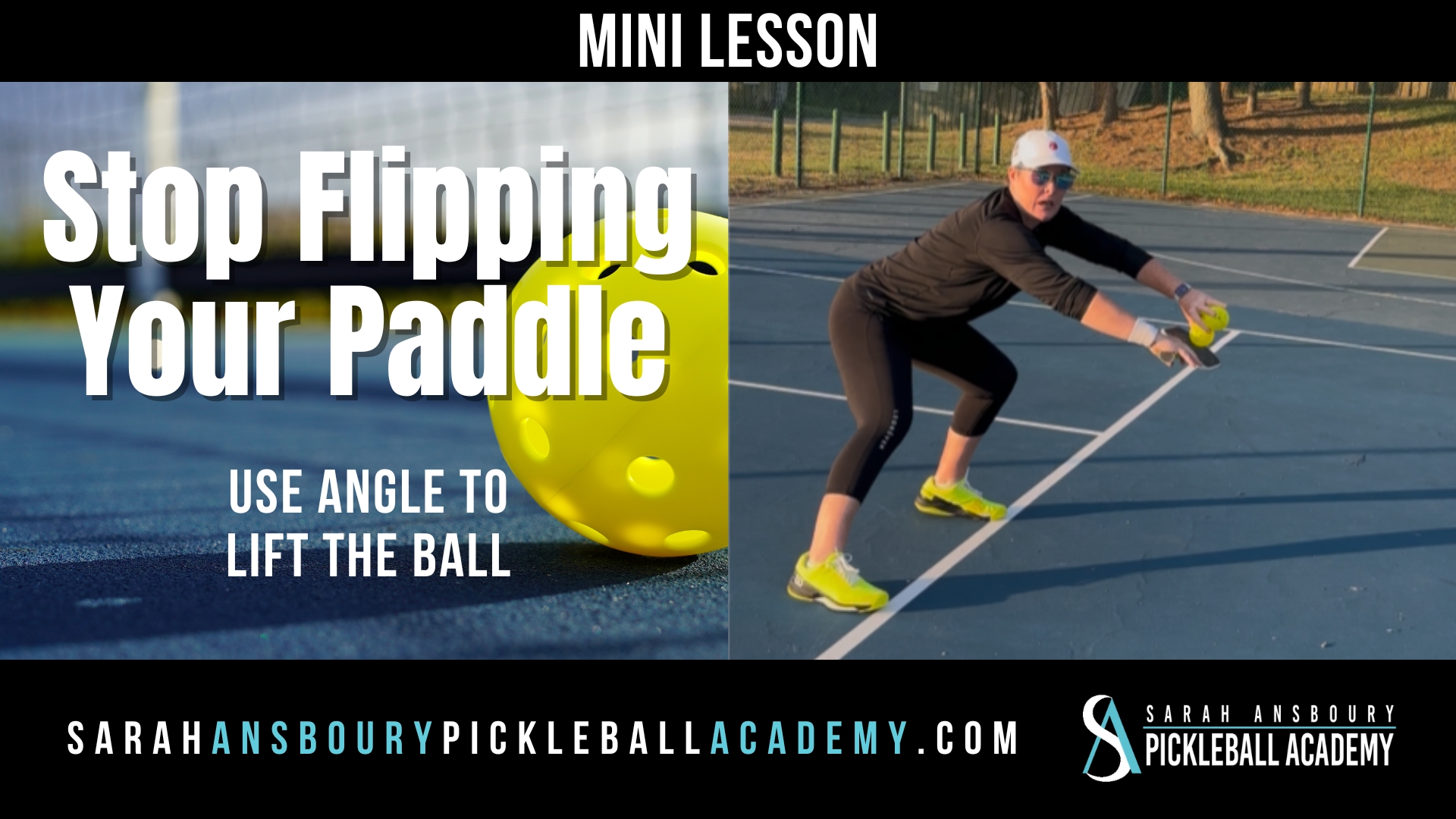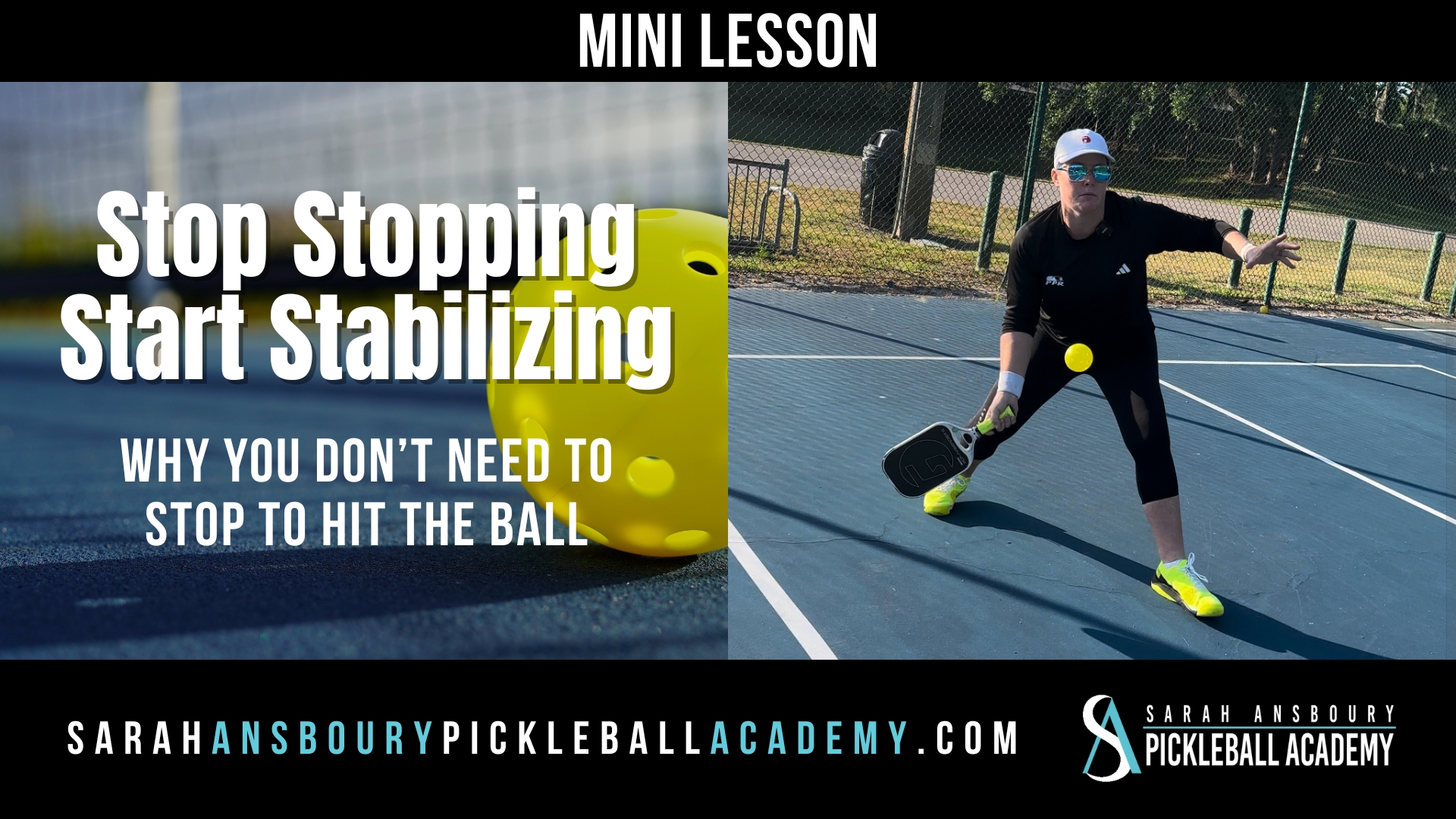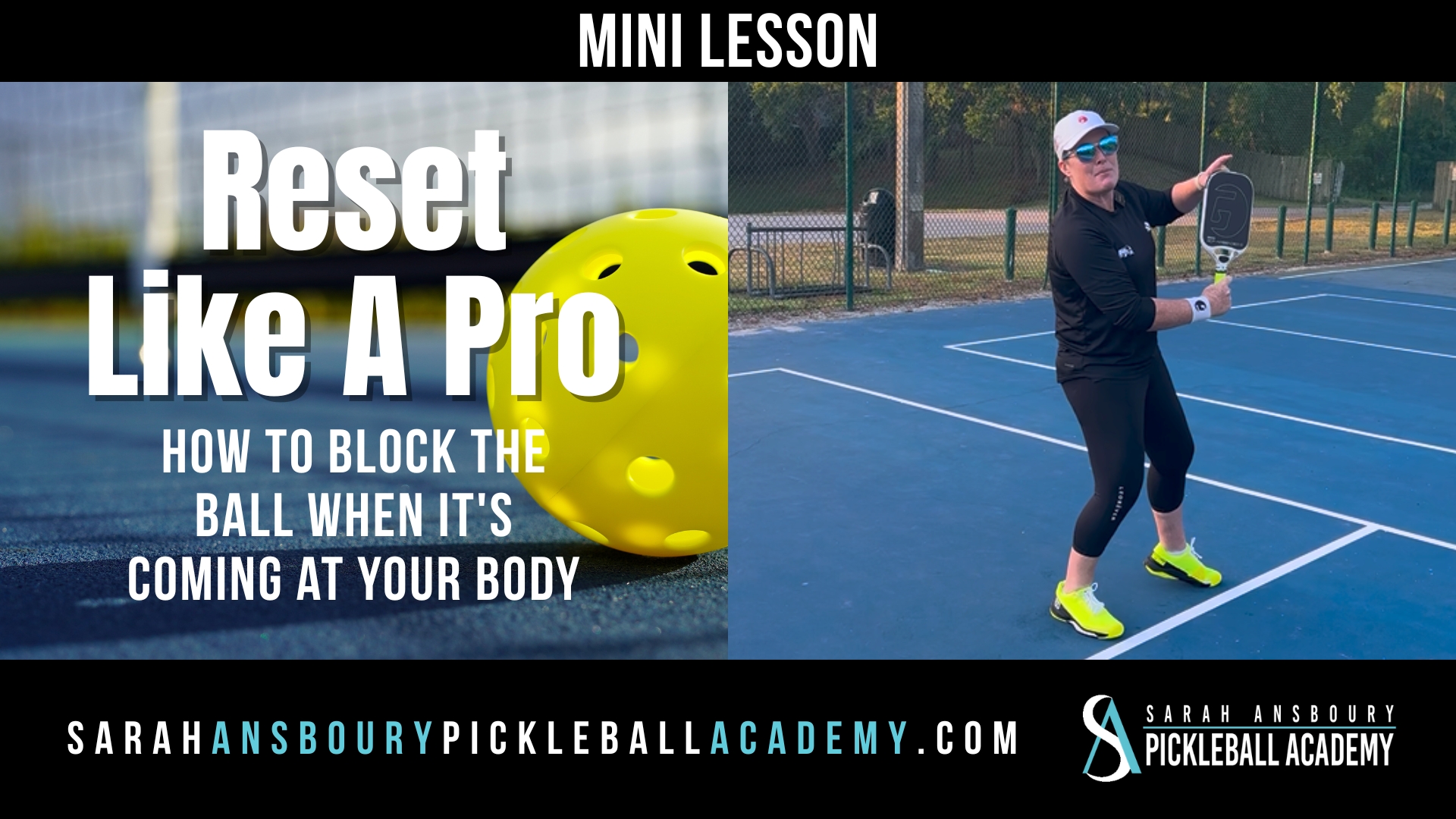I find that many players are not sure when to change direction or which direction to go…and why. Today we examine the cross court shot.
The “Why” of Cross Court Shots
Time is one of your most valuable assets in a pickleball game. Time allows you to get set, balanced and comfortable. It allows you to breathe, relax and think about your next shot. So it is reasonable to assume that the lack of time is likely the cause of many of our pickleball errors.
Understanding this, i.e. the importance of time leads us to the first thing to understand about hitting a cross-court shot. If you need to give yourself more time (to get back into the court, to recover your balance, etc) you can do this by choosing to hit a crosscourt shot.
Let’s think back for a moment to the geometry we learned in junior high. If the baseline is 20 feet wide, and the sideline is 44 feet (from baseline to baseline), the distance down the line is no more than 44 feet. However, the distance cross court is 48.3322 feet. That’s 4′ equals 10% more time!
But I am Not at the Baseline
The same rule applies when you are at the non-volley zone line. Remember, when you are in a defensive
position, your goal is not to hit a winner….that would be a low percentage shot. Your goal when you are on defense is to get back to a neutral position. Again, our best option is a crosscourt dink. (Think about the math…rather than hitting a dink no more than 14 feet…we now have up to 24 feet to hit the ball if we go cross court. That provides you with more than 30% more time.)
Now let me offer a bit of caution. It would be too risky of a shot to try to use the entire 24 feet. So rather than aiming for the sideline, I would suggest you aim just inside your opponent’s outside foot.
Cross Court Dink Rallies
Getting stuck in a cross-court dink rally can be stressful for you and your partner.
- It can be difficult for the player that is watching the action to stay engaged in the point;
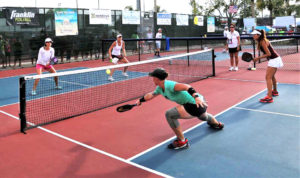
- As the angle increases, one’s margin of error decreases;
- Sharp angles can also produce around the post shots that are nearly impossible to defend;
- Often players are reaching to hit the ball before it bounces or short-hopping the ball…thus increasing speed
Too often, when we get into these situations we try to change things up…perhaps change the direction of the ball. Keep in mind, changing the direction of the ball from a sharp angle to down the line is very difficult. Before you attempt this shot, slow it down. If you allow the ball to bounce a bit higher, rather than short hop it, it will automatically slow down. You can also step around a natural backhand shot, to take it as a forehand.
Be Conscious
What is most important to remember in both these situations is that you want to be more conscious of where you are hitting the ball. If your first thought when you need more time is cross court…then you have made a good start. You may not hit it perfectly every time, but you have started to train your mind and with time will have better ball control.


